Sahat el Elfeh: A Spatial Intervention in Al-Khodor Sub-Neighborhood
The Spatial Intervention in Al-Khodor Sub-neighborhood is part of a larger study entitled “An Urban Recovery Strategy for Post-Blast Karantina” and led by Howayda Al-Harithy.
Being the most deprived sub-neighborhood in Karantina, Al-Khodor was a priority for the research team to intervene on. This sub-neighborhood received the least amount of aid after the port blast, although it hosts a diversity of low-income groups, most of whom are Lebanese and Syrian families.
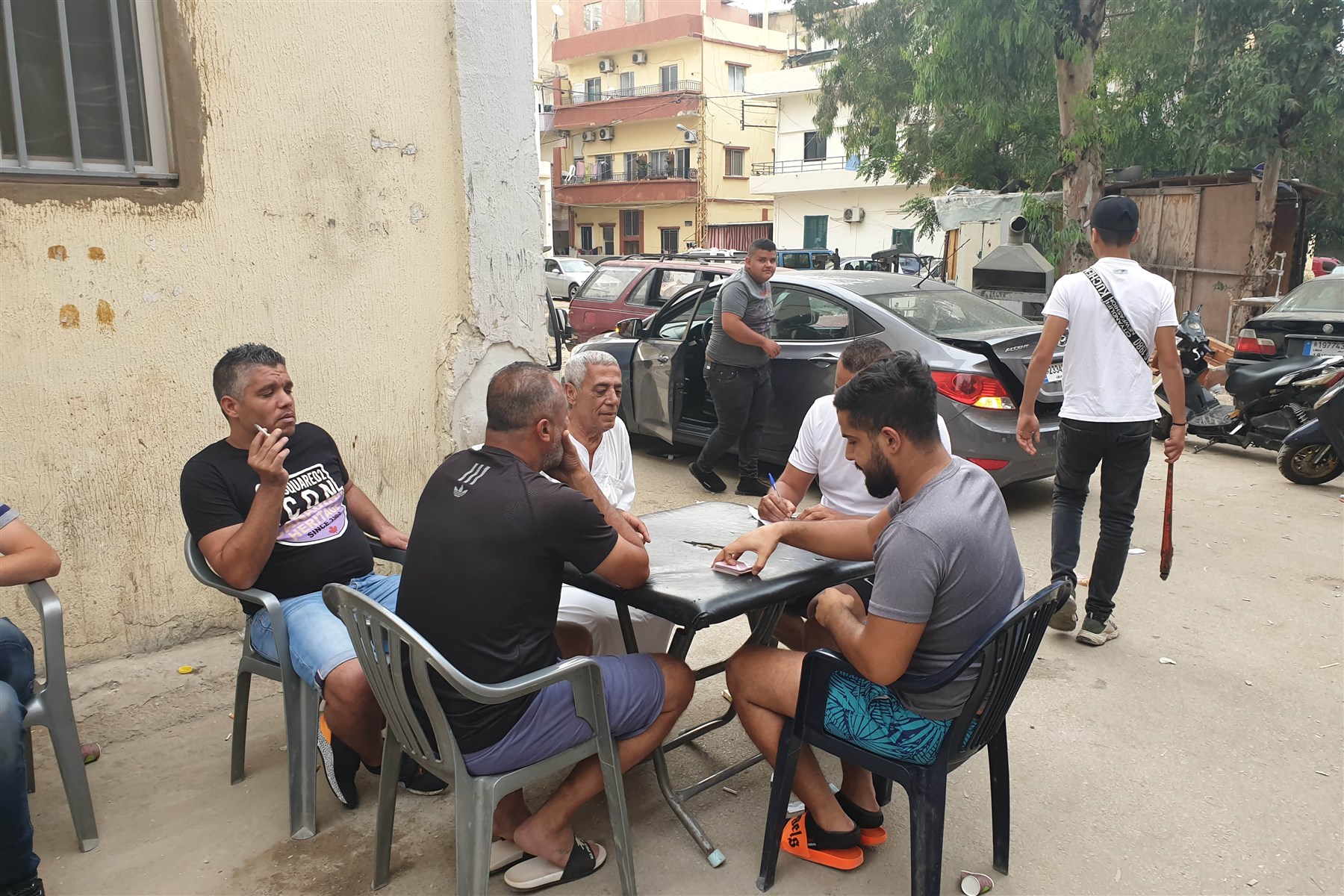
The early consultation sessions paved the way for initiating the design process, aided by District-D, which included multiple co-design workshops with the community groups. Three main co-design workshops took place in Al-Khodor, on 2, 7, and 25 June 2021, and were organized jointly with the citizen scientists previously trained for the larger study. The research team used diverse design and representational tools with the community. These tools helped communicate a better reading of the design proposals for the community groups, facilitated their interaction with the research team, and encouraged them to share their concerns and needs.

Building further on the position of the Beirut Urban Lab to promote participation, the team engaged the community groups in the multiple stages of the implementation. Firstly, two citizen scientists supervised the implementation. They were further trained to read engineering and construction details and played a major role in resolving disputes between the residents during the implementation process. They also acted as a bridge between the contractor and the BUL research team and reported on the progress of the work. Secondly, the community was also involved in the implementation process by the hire of both skilled and non-skilled labor force. The BUL team imposed a quota of local workers on the contractor. Members of the community groups were therefore assisted in cleaning the site before and after the implementation of the intervention, secured the equipment at night, and helped in tiling the sidewalks, planting the trees, and painting the building facades.
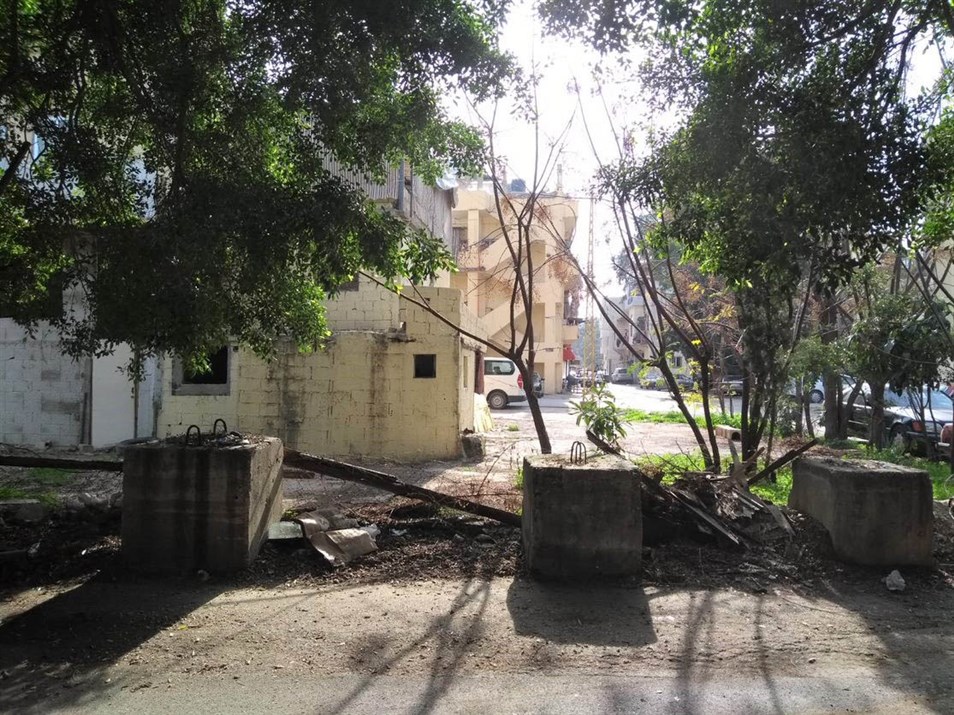
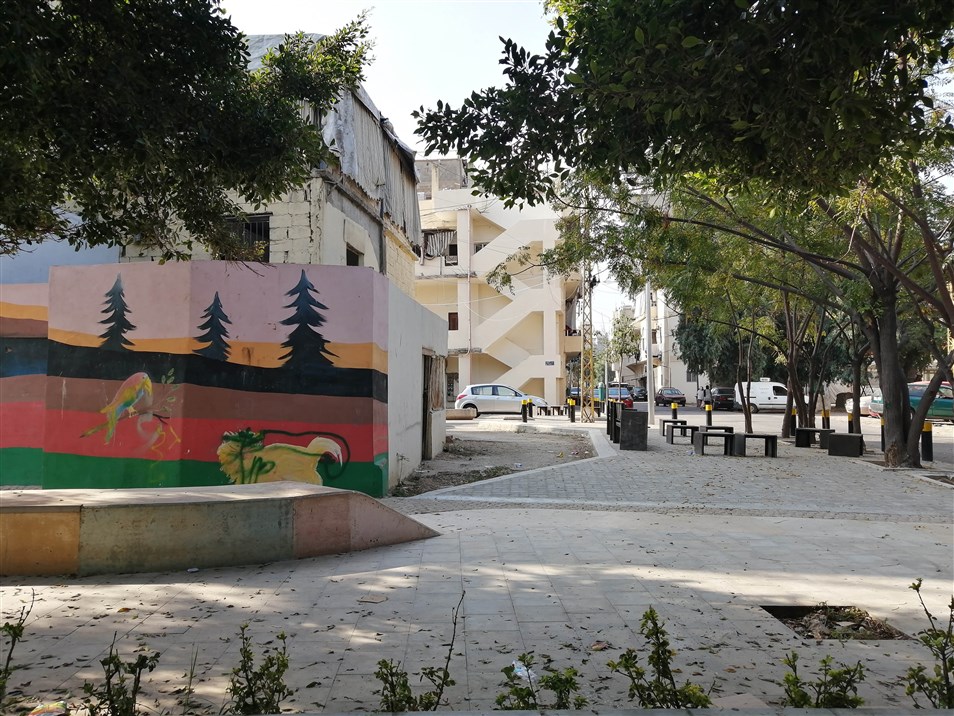
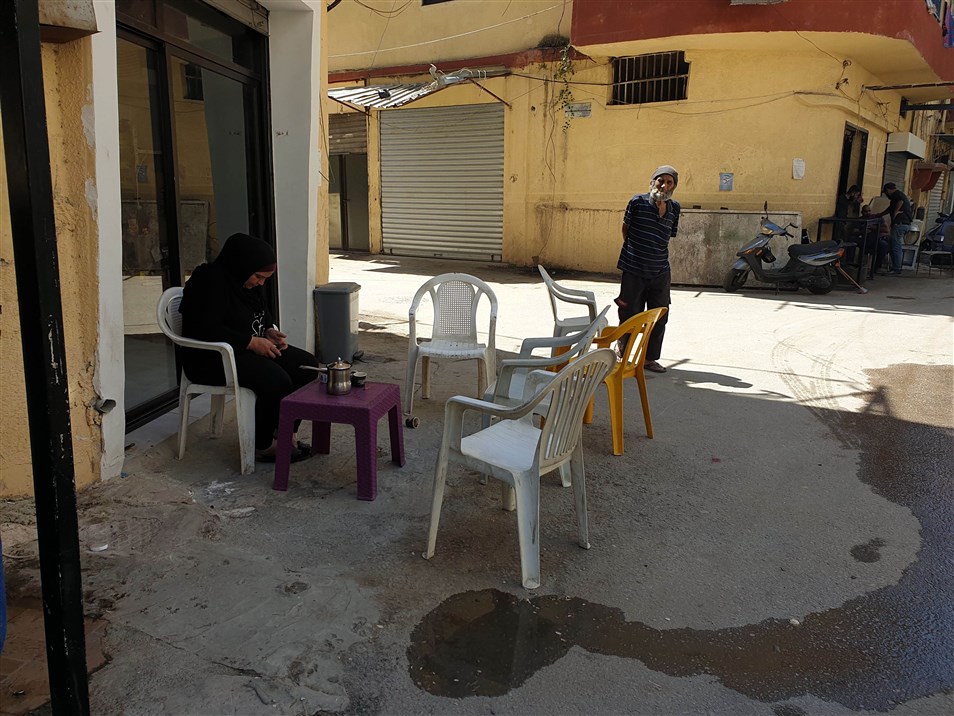
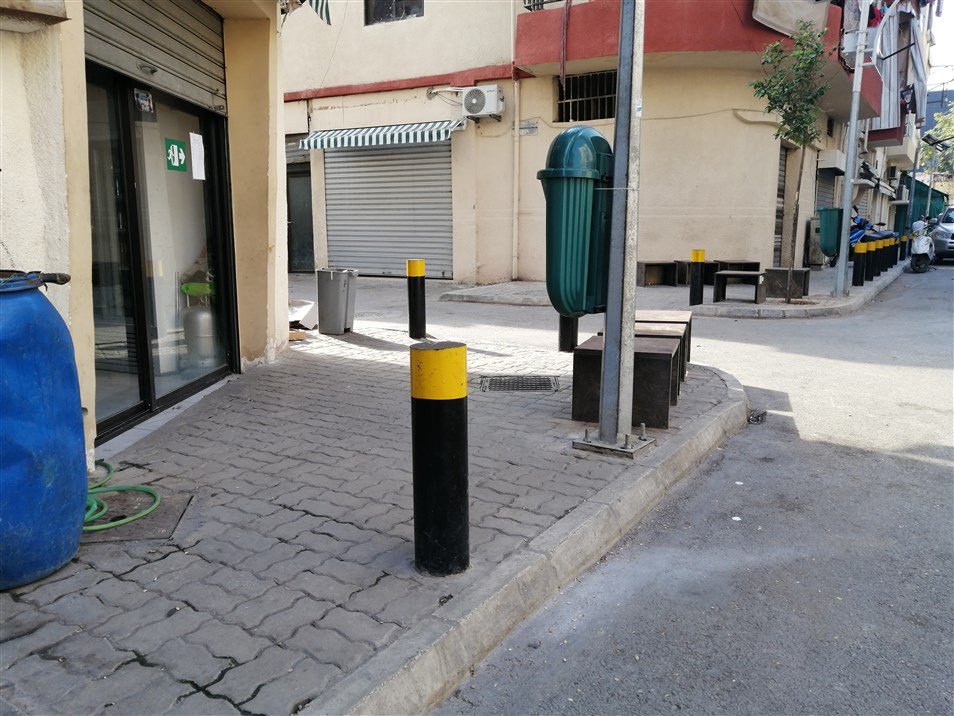
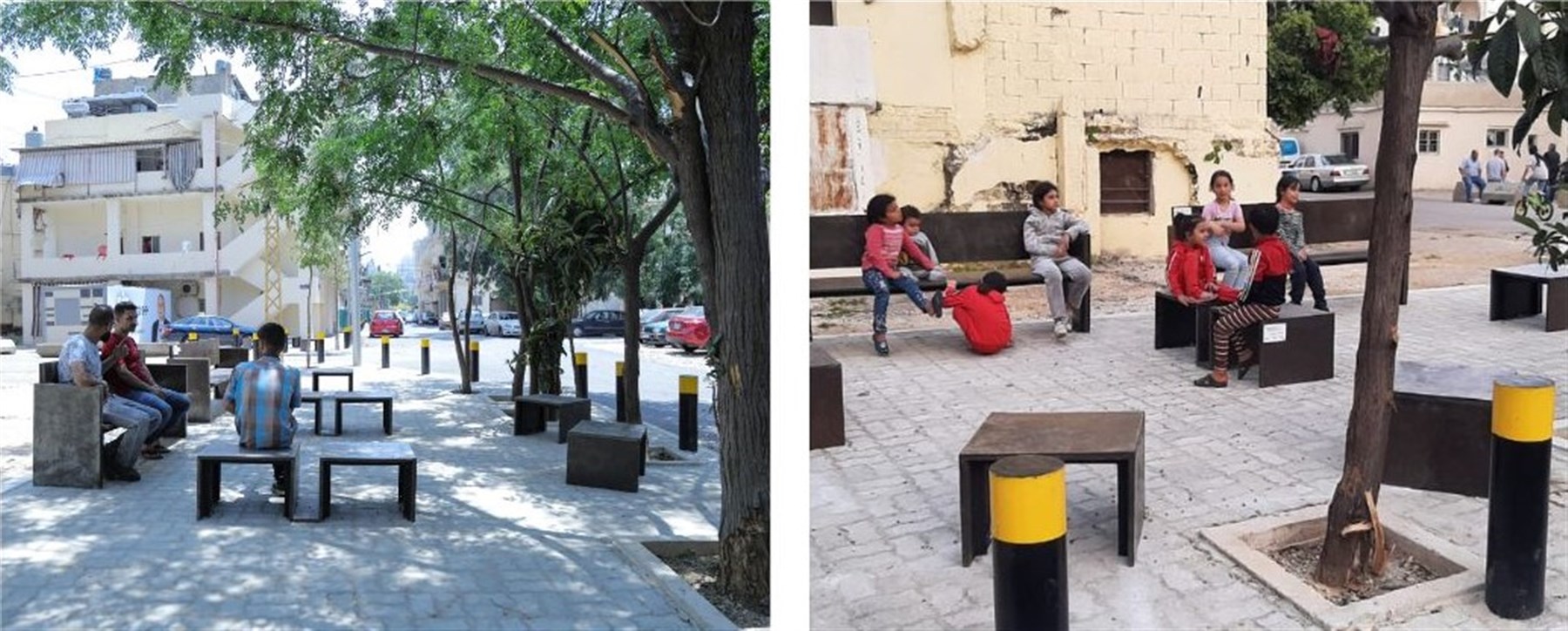
The research team at the Beirut Urban Lab hopes that the participatory efforts that brought together academic institutions, funding agencies, the Municipality of Beirut, and local community groups will be used as a model in other areas in Beirut. They also hope that the implementation of the action plans produced by the greater study will result in the translation of the vision and the strategic plan for the sustainable recovery of Karantina.
